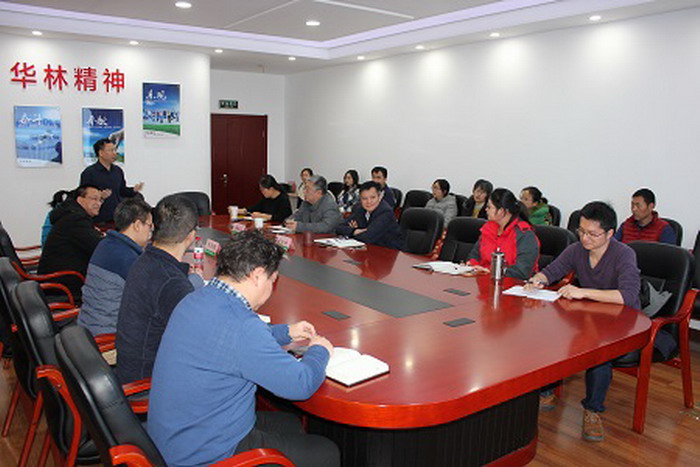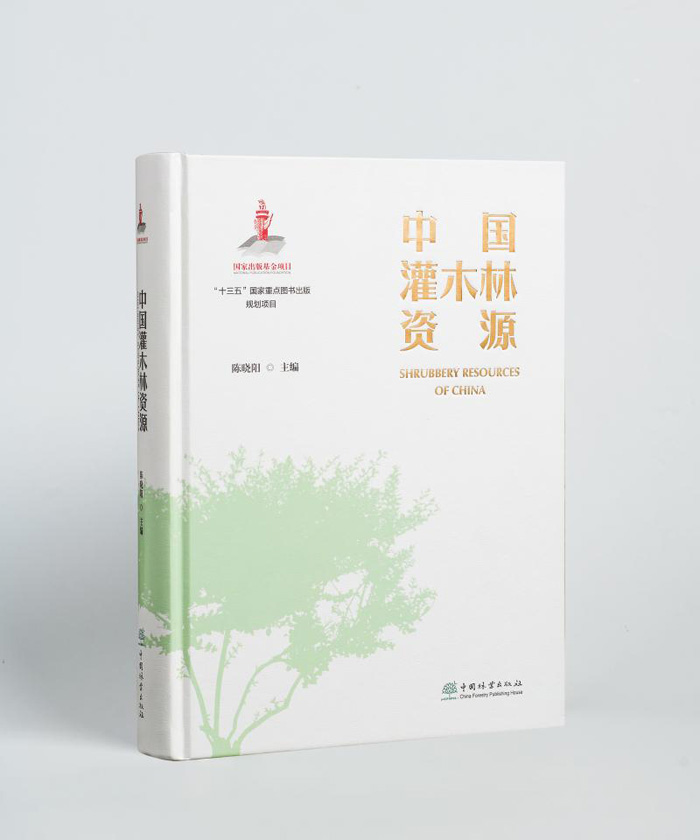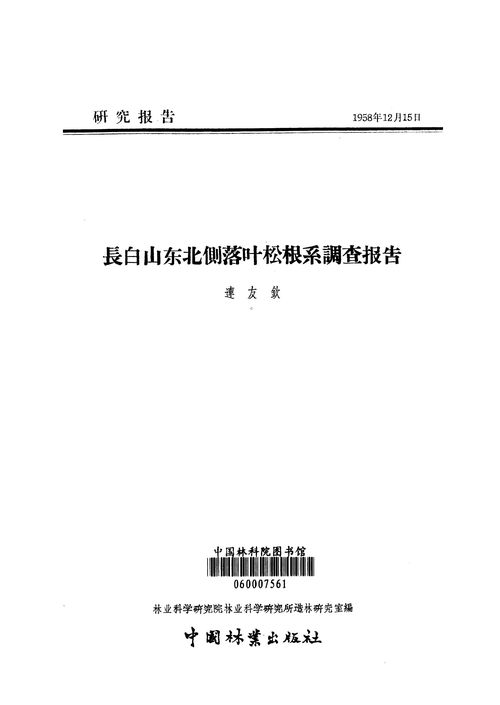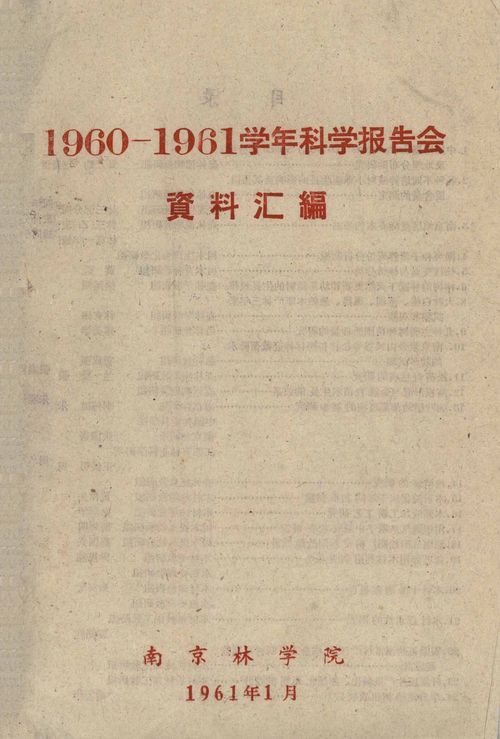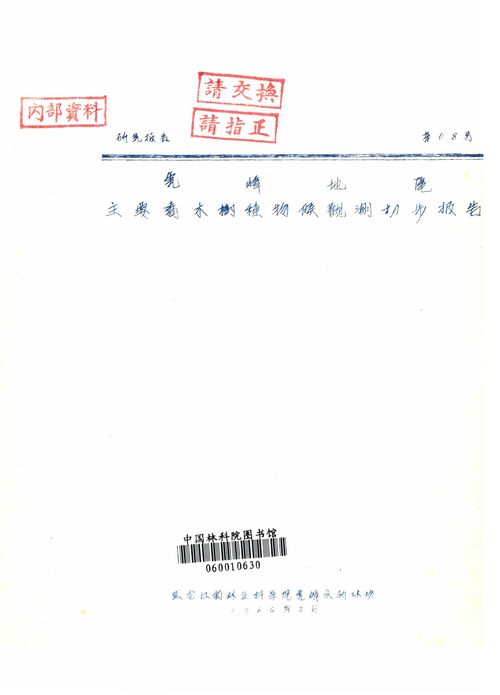
黔北金佛山方竹林质量及其影响因素
编号
lyqk011353


中文标题
黔北金佛山方竹林质量及其影响因素


作者单位
1. 贵州省林业科学研究院 贵阳 550005;
2. 贵州省新时代竹产业研究院 贵州赤水 564700;
3. 国家林业和草原局丛生竹工程技术研究中心 昆明 650224;
4. 贵州赤水竹林生态系统国家定位观测研究站 贵州赤水 564700;
5. 国家林业和草原局西南喀斯特山地生物多样性保护重点实验室 贵阳 550005


期刊名称
世界竹藤通讯


年份
2024


卷号
22


期号
2


栏目名称
学术园地


中文摘要
亚优层竹林质量及影响因素是竹林生态学研究的热点及难点。在黔北大娄山金佛山方竹(以下简称方竹)中心分布区3县13个乡(镇)调查了92个样地,其中石灰土方竹林样地39个、黄(棕)壤方竹林样地53个,系统分析了不同类型方竹林质量变化规律及其影响因素。结果表明:1)主要立地、土壤指标对方竹林质量(由平均胸径、高度、密度和生物量组成)的贡献率变幅为4.10%~28.02%,是方竹林的重要影响因子;石灰土方竹林、黄(棕)壤方竹林及方竹林平均胸径、高度、密度及生物量与主要立地、土壤指标相关性显著的指标对数量占比分别为28.13%、15.63%和25.00%。2)各龄级(Ⅰ~Ⅳ)方竹质量指标对方竹林质量的贡献率变幅为41.77%~87.74%,是方竹林的主要影响因子。石灰土方竹林、黄(棕)壤方竹林及方竹林质量指标与各龄级立竹质量指标相关性显著的指标对数量占比分别为76.56%、64.06%和73.44%,立竹龄级对不同类型方竹林质量的影响随立竹年龄增大而降低。3)乔木、灌木主要指标对方竹林质量的贡献率变幅为3.70%~30.21%,是方竹林不可或缺的影响因子。石灰土方竹林、黄(棕)壤方竹林及方竹林质量指标与乔木和灌木结构指标、乔木多样性指数相关性显著的指标对数量占比为2.50%、12.50%和20.0%。因此,合理选择立地、科学调控立竹龄级及乔木、灌木结构是提高方竹林质量的重要途径。


关键词
金佛山方竹
立地因子
立竹龄级结构
乔木
灌木
贵州北部


基金项目
贵州省林业局课题(黔林科合J字[2022]-03号);贵州省特色林业产业科研项目(特林研2020-02);国家林业部课 题(1995-林[中]字-21号)。


英文标题
Quality of Chimonobambusa uitilis Forest in Northern Guizhou Province and Its Influencing Factors


作者英文名
Yang Guangneng, Zhang Xi, Zhang Tingjia, Jiang Xia, Hou Yiju


单位英文名
1. Guizhou Academy of Forestry, Guiyang 550005, China;
2. Guizhou Institute of Bamboo Industry for New Era, Chishui 564700, Guizhou, China;
3. Research Center of National Forestry and Grassland Administration for Sympodial Bamboo Engineering Technology, Kunming 650224, China;
4. Chishui Bamboo Forest Ecosystem National Observation and Research Station, Chishui 564700, Guizhou, China;
5. Key Laboratory of National Forestry and Grassland Administration for Biodiversity Conservation in Southwestern Karst Areas, Guiyang 550005, China


英文摘要
The quality of suboptimal bamboo forest and its influencing factors are both the hotspot and the difficulty in the research on bamboo forest ecology. In the central distribution area of Chimonobambusa uitilis (hereafter referred to as “CU”), which is located in 13 towns under 3 counties of Dalou mountain area in northern Guizhou province, 92 sample plots (including 39 plots with limestone soil and 53 plots with yellow (brown) soil) are investigated to analyze the change rules of the quality of CU forest of different types and their influencing factors. The results showed as follows: 1) The main site-soil indexes are the important factor affecting the quality of bamboo forest, and their contributions to bamboo forest quality (composed of DBH, height, density and biomass) falls in the range of 4.10%-28.02%. The percentages of significantly correlated index-pairs between main site-soil indexes and bamboo forest quality indexes in the CU forest with limestone soil, the CU forest with yellow (brown) soil and the CU forest are 28.13%, 15.63% and 25.00%, respectively; 2) The contribution rate of bamboo age-classes (Ⅰ-Ⅳ) indexes to the quality of CU forest is 41.77%-87.74%, and it is the main factor influencing bamboo forest quality. The significantly correlated index-pairs between the quality indexes and the bamboo age-classes indexes in the CU forest with limestone soil, the CU forest with yellow (brown) soil and the CU forest account for 76.56%, 64.06% and 73.44%, respectively. The effect of bamboo age-class on the quality of different types of CU forest decreases with the increased age of standing bamboo; and 3) The contribution rate of tree-shrub indexes to the quality of CU forest ranges from 3.70% to 30.21%, and it is an indispensable factor influencing bamboo forest quality. The significantly correlated index-pairs between bamboo forest quality index and tree-shrub structure indexes and tree diversity indexes in the CU forest with limestone soil, the CU forest with yellow (brown) soil and the CU forest account for 2.50%, 12.50% and 20.0%, respectively. Therefore, reasonable site selection, science-based control of bamboo age-class structure and tree-shrub structure are the key to improving the quality of CU forests.


英文关键词
Chimonobambusa uitilis;site factor;bamboo age-class structure;tree;shrub;northern Guizhou province


起始页码
11


截止页码
19,39


作者简介
杨光能(1992-),硕士,助理研究员,主要从事生态学和竹林经营学研究。E-mail:1092491861@qq.com。


通讯作者介绍
张喜(1964-),博士,研究员,主要从事生态学和竹林经营学研究。E-mail:zhangxigzfa@tom.com。


E-mail
zhangxigzfa@tom.com


DOI
10.12168/sjzttx.2023.08.11.002


参考文献
[1] 綦山丁,张喜,张佐玉.金佛山方竹出笋规律的初步研究[J].贵州林业科技, 1997, 25(3):18-24.
[2] 张雨峰,代丽,谢寅峰,等.不同海拔金佛山方竹出笋及幼竹生长特性[J].南京林业大学学报(自然科学版), 2019, 43(5):199-203.
[3] 张喜,张佐玉,徐来富,等.金佛山方竹竹笋幼竹生长节律[J].贵州林业科技, 1997, 25(2):27-36.
[4] 张营,董文渊,顾宝,等.滇东北金佛山方竹林健康评价指标体系构建[J].西南林业大学学报, 2016, 36(3):131-136.
[5] 肖文.立地条件对方竹生产力的影响[J].安徽农学通报, 2013, 19(11):93-94, 132.
[6] 张喜,张庭嘉,姜霞,等.黔北金佛山方竹林立地类型划分及竹林质量响应[J].世界竹藤通讯, 2024, 22(1):19-29.
[7] 国家林业局.金佛山方竹栽培技术规程:LY/T1906-2010[S].北京:中国标准出版社, 2010.
[8] 陈永锋.金佛山方竹笋用林混交常绿落叶树效果调查[J].世界竹藤讯, 2019, 7(4):12-13.
[9] 刘立才,胡景容,汪晓晴,等.金佛山方竹阔步叶混交林混交树种选择试验[J].四川林业科技, 2016, 37(1):59-61.
[10] 张喜.贵州喀斯特山地坡耕地立地影响因素及分区[J].南京林业大学学报(自然科学版), 2003, 27(6):98-102.
[11] 国家林业局.森林土壤分析方法[M].北京:中国标准出版社, 2000.
[12] 张喜,周亚琦,苏文会,等.贵州赤水河中下游毛竹林立竹径级的龄级变化规律及影响因素[J].世界竹藤通讯, 2023, 21(3):14-23.
[13] 余建英,何旭宏.数据统计分析与SPSS应用[M].北京:人民邮电出版社, 2003.


PDF全文
浏览全文


-
相关记录
更多
- 城市绿化灌木耐旱性评价及灌溉制度研究进展 2023
- 金佛山方竹ISSR-PCR反应体系的建立与优化 2022
- 黔北金佛山方竹林立地类型划分及竹林质量响应 2024
- 黔北金佛山方竹林碳储量及其影响因素 2024
- 城市绿地乔木固碳能力及碳抵消效果评估 2024
- 金佛山方竹低效林改造设计 2024
 打印
打印
